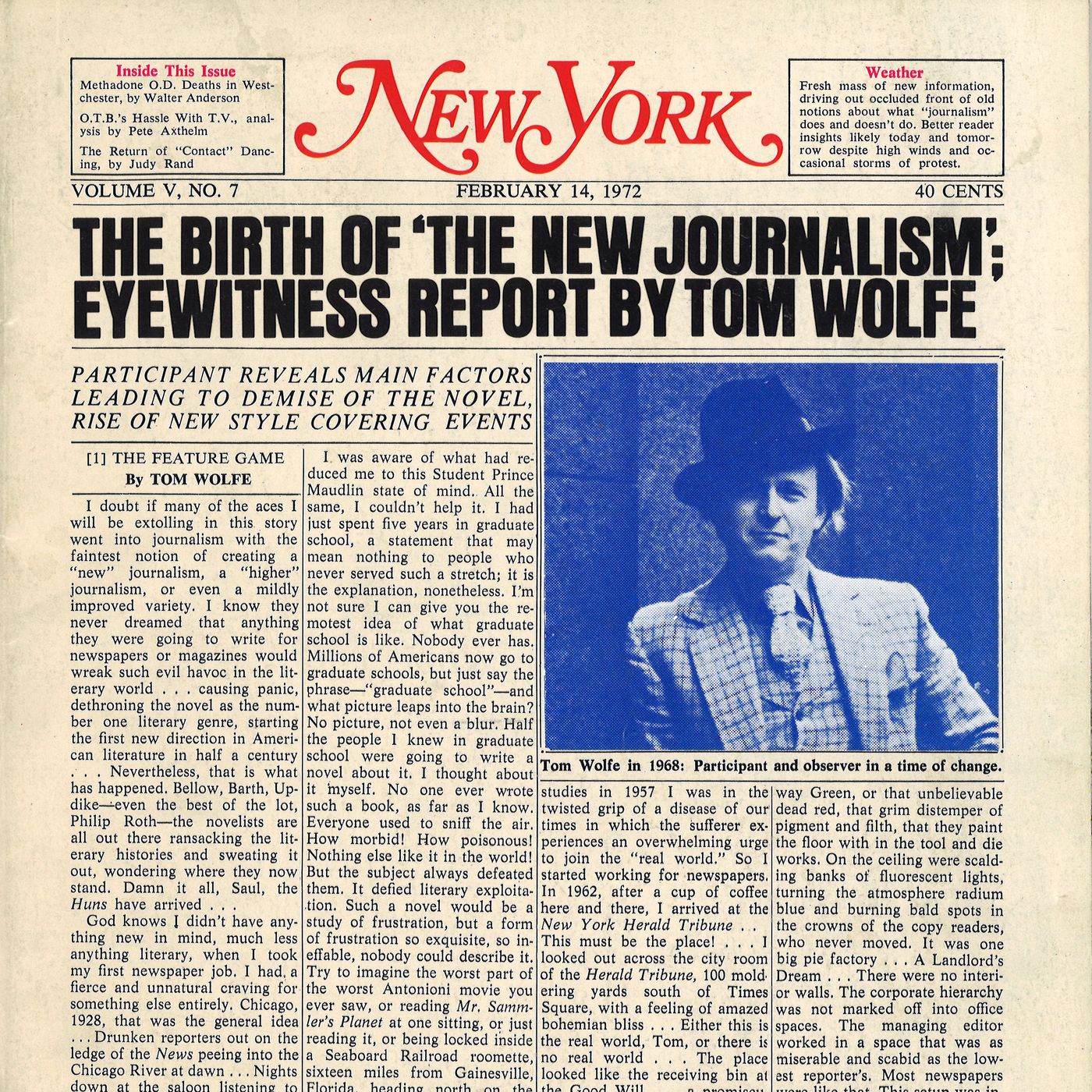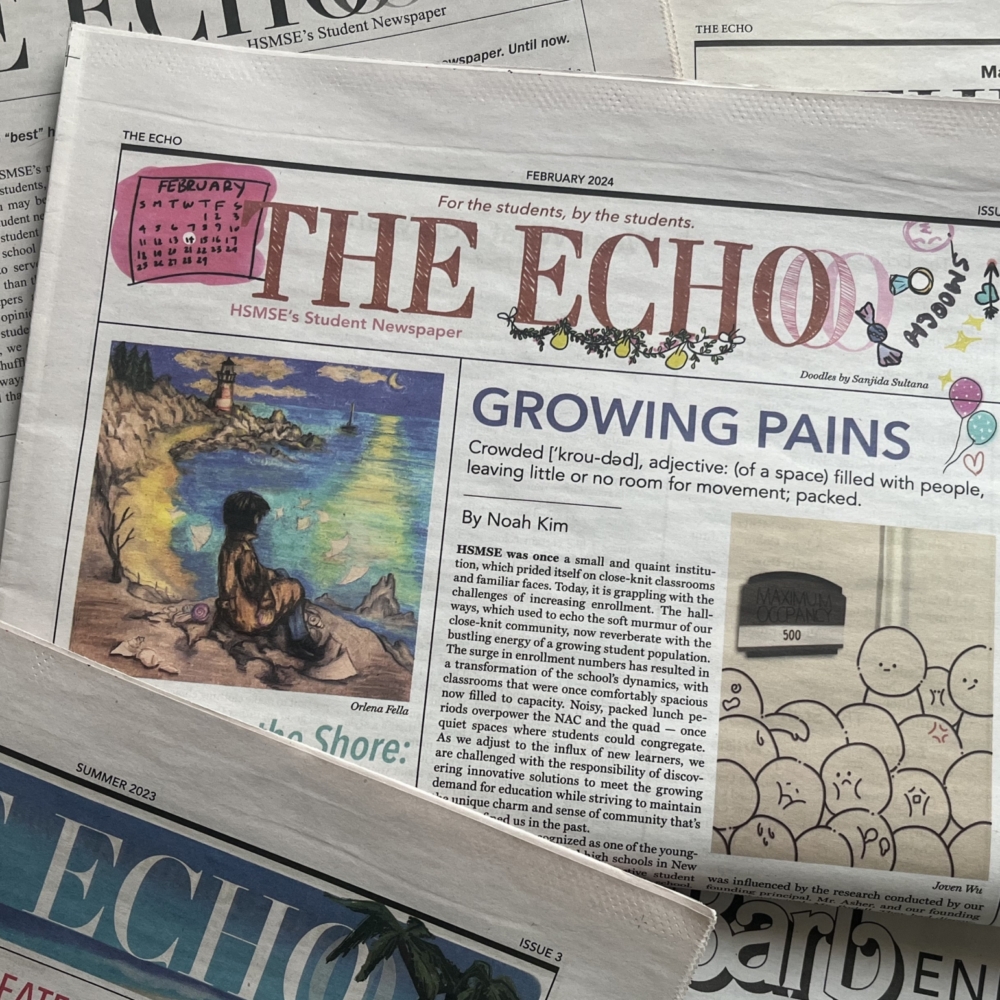How News Articles can Save You Time, Stress, and Money.
How News Articles can Save You Time, Stress, and Money.
Blog Article
News Articles for Dummies
Table of ContentsWhat Does News Articles Mean?Get This Report on News ArticlesIndicators on News Articles You Should KnowNews Articles Fundamentals ExplainedThe Definitive Guide for News Articles
Great understanding of various subjects offers pupils an affordable side over their peers. Also though electronic and social media are easily accessible, we ought to not neglect how essential it is to review the papers. Parents need to attempt and instill the habit of checking out a paper as a day-to-day routine to continue the heritage of the adored print medium.Information tales also consist of a minimum of among the following essential features about the intended audience: proximity, importance, timeliness, human rate of interest, quirk, or repercussion. The associated term journalese is often made use of, generally pejoratively, to describe news-style writing. An additional is headlinese. Papers usually follow an expository writing design.
Within these restrictions, information stories additionally aim to be comprehensive. Amongst the larger and more recognized papers, fairness and equilibrium is a major variable in presenting details.
Papers with an international target market, for instance, have a tendency to use a more official style of writing. News Articles.; usual style guides consist of the and the US News Design Book.
The Single Strategy To Use For News Articles
Generally, reporters will certainly not make use of a long word when a brief one will certainly do. They use subject-verb-object building and construction and vivid, energetic prose (see Grammar). They offer stories, instances and allegories, and they seldom depend upon generalizations or abstract ideas. News writers attempt to stay clear of using the very same word greater than as soon as in a paragraph (occasionally called an "resemble" or "word mirror").
However, headings often omit the subject (e.g., "Leaps From Boat, Catches in Wheel") or verb (e.g., "Pet cat female lucky"). A subhead (additionally subhed, sub-headline, subheading, caption, deck or dek) can be either a subordinate title under the major heading, or the heading of a subsection of the write-up. It is a heading that precedes the primary message, or a team of paragraphs of the primary message.

Extra signboards of any of these types might show up later in the write-up (especially on succeeding web pages) to lure more reading. Such signboards are also utilized as pointers to the post in various other sections of the publication or website, or as advertisements for the piece in various other publication or sites. Normal website link framework with official statement title, lead paragraph (summary in strong), various other paragraphs (details) and get in touch with details.

Example of a hard-lead paragraph NASA is recommending an additional area project. The spending plan requests approximately $10 billion for the project.
The NASA news came as the company asked for $10 billion of appropriations for the job. An "off-lead" is the second most important front web page news of the day. The off-lead appears either in the leading left corner, or straight below the lead on the. To "hide the lead" is to begin the write-up with background details or information of secondary relevance to the readers, compeling them to find out more deeply right into an article than they need to need to in order to uncover the necessary points.
The Buzz on News Articles
Typical usage is that a person or more sentences each create their own paragraph. Reporters usually describe the organization or framework of a news story as an inverted pyramid. The crucial and most interesting elements of a story are placed at the beginning, with supporting details complying with in order of diminishing importance.
It allows individuals to explore a topic to only the deepness that their inquisitiveness takes them, and without the imposition of information or nuances that they can consider unnecessary, but still making that details offered to much more read more interested visitors. The inverted pyramid framework additionally allows short articles to be cut to any kind of arbitrary length during format, to fit in the room readily available.
Some authors start their stories with the "1-2-3 lead", yet there are numerous sort of lead offered. This format usually starts with a "Five Ws" opening up paragraph (as described over), complied with by an indirect quote that serves to sustain a major component of the very first paragraph, and afterwards a straight quote to support the indirect quote. [] A twist can refer to numerous things: The last tale in the news program; a "pleased" tale to end the program.
Longer articles, such as magazine cover write-ups and the pieces that lead the inside areas of a paper, are known as. Function tales differ from straight news in a number of methods.
The smart Trick of News Articles That Nobody is Discussing
A function's very first paragraphs frequently connect an appealing minute or occasion, as in an "anecdotal lead". From the particulars of an individual or episode, its sight swiftly expands to abstract principles about the story's topic.

The Editor's Toolbox: A Recommendation Overview for Beginners and Professionals (2001) Allan M. Siegal and William G. Connolly. The New York Times Handbook of Style and Use: The Authorities Style Guide Utilized by the Writers and Editors of the Globe's Most Authoritative Paper (2002) M. L. Stein, Susan Paterno, and R.
Report this page